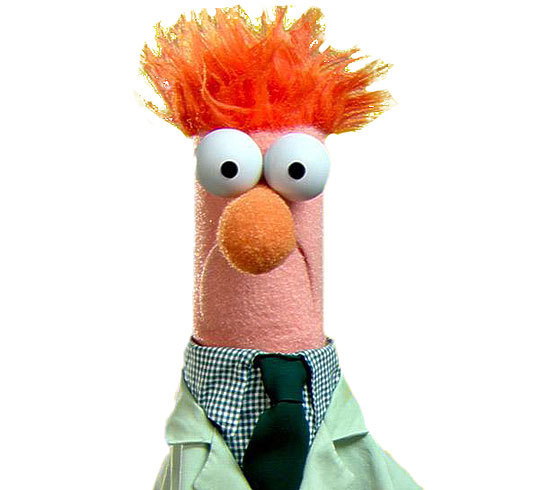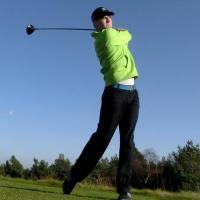IGNORED
Master "Forged vs. Cast" or "Blade vs. Game-Improvement" Iron Thread
Note: This thread is 1419 days old. We appreciate that you found this thread instead of starting a new one, but if you plan to post here please make sure it's still relevant. If not, please start a new topic. Thank you!
-
Topics Being Discussed Right Now on The Sand Trap
-
- 6,806 replies
- 272,458 views
-
- 8 replies
- 214 views
-
"5 Minutes Daily" Practice Challenge 1 2 3 4 848
By iacas, in Instruction and Playing Tips
- 5 minutes daily
- dedication
- (and 6 more)
- 15,261 replies
- 925,389 views
-
- 7,097 replies
- 763,250 views
-
- 1 reply
- 968 views
-









Recommended Posts
Create an account or sign in to comment
You need to be a member in order to leave a comment
Create an account
Sign up for a new account in our community. It's easy!
Register a new accountSign in
Already have an account? Sign in here.
Sign In Now